World War 2
World War II formally ended the Great Depression. Millions of unemployed men and women returned to work. The great task of producing items for the war faced them. Ohio played a great part in the success of the U.S. in World War II, not just in the battlefield but on the home front. As the need to divert production to supporting our military forces overseas, rationing became necessary for products such as: clothing, shoes, gasoliine, fuel oil, tires, silk, nylon, sugar, coffee, lard, shortening, cheese, sugar, margarine, processed foods, canned milk, jelly, butter, and dried fruits. Fresh poultry and eggs were not rationed. Bakeries were only allowed to make white bread. People joined scrap drives, gardens called Victory Gardens helped to the point that they produced 40% all vegetables consumed.
Tire sales were halted for a year. Because of manufacturing needs for metals, automobiles, bicycles, radios, phonographs, refrigerators, vacuums, washing machines, sewing machines and typewriters became unavailable for civilian purchase. To conserve gas, a national speed limit of 35 mph was set all roads in the country. Families received ration cards and you could not own over five tires to obtain a gas card. (4 on the car, 1 in the trunk).
As a child in WWII, our family still had meat. Since our relatives farmed, I always thought it was cattle and hogs we were consuming. When I was a teenager, my mother revealed to my sister and I, that the meat we ate during the war was horse! I don’t remember what it tasted like, but Mom made great spaghetti and meat balls! We also ate a lot of fish we could catch in the river, and I know we still had poultry to eat.
How many Ohions served in the Armed Forces? 12% of the 1940 census.
My father served in the U.S. Army. He landed by glider into France during the Normandy invasion as a mortar squad commander. He was wounded by a German sniper in Bastogne, Belgium and by German Artillery in the Ardennes forest during the Battle of the Bulge, and helped a Russian squad take the bridge in Barby over the Elbe River in April 1945.

The year is 1938. A new German Chancellor had been selected in 1933. This was Adolf Hitler and he soon rose to power in Germany.
Hitler – Rise to Power. Remembering Germany’s humiliation at the Treaty of Versailles, Hitler was able to rearm Germany even though this violated the terms of the treaty. But western nations had weakened. Their armies were small, and they did not desire conflict. So, in 1938, Germany, France, Britain and Italy entered into the Munich Agreement to avoid war. But they also gave Hitler the German-speaking part of Czechoslovakia, the Sudetenland. Hitler agreed to not invade any other territory. However, Hitler quickly violated the agreement by absorbing all of Czechoslovakia and then on September 3, 1939, Germany invaded Poland and sparked World War II. – Link to the Invasion of Poland.
At the start of World War II, the allied countries of Britain, France, Belgium, the Netherlands and the United States had oversea territories. Russia had no overseas land. Germany had lost its overseas territories in the Pacific and Africa at the end of World War 1. This information is crucial in decided the best way to organize the next section of this webpage.
Use Theatre of Operation? Possibly, since there were two – Atlantic and Pacific. Organize by type of battle? Sea vs Island? Maybe, but this could be confusing. Should battles in the Mediterrean be included with Atlantic Ocean battles? Set up the webpage by Allies vs Axis. The European Axis powers didn’t fight in the Pacific, and the Japanese didn’t fight in Europe. The Allied powers fought in both the Atlantic and Pacific. Was this a single War, or was World War II, two wars – One in the Atlantic and one in the Pacific parts of the world?
Many historians and authors view World War II as two separate conflicts, and so this webpage will cover the Atlantic and Pacific as two separate sections. These two sections will then be sub-divided into Sea battles and Island battles.
Most islands, particularly in the Pacific are part of Archipelagos which contain many islands. For instance, the Hawaiian Archipelago is a string of 132 islands, many not inhabited, stretching 1523 miles in a northwestern direction. Only one of the 132 islands saw combat in World War II. The Island of Oahu was attacked by the Japanese on December 7, 1941. This action brought the United States into World War II.
For an island battle, the archipelago will be identified, but will not include all non-combat islands. Most islands, in the South Pacific, and many continental areas had Japanese civilians and military. Those that were not attacked, may have been cleared of Japanese civilians after the war, but not all. Many of these islands (and archipelagos) became independent and still have Japanese as part of the population. Only islands with strategic value were attacked by the allies, usually to capture or build an airfield or base of operations. The underlying strategy was to build island stepping-stones preceding an invasion of the Japanese homeland.
Land battles of WWII are not included other than thru links This webpage is about sea and island warfare in the two World Wars.
Selected Links General
Battles and Operations of World Ward II
Battle of Attu (only WW2 battle on U.S. Soil)
Battle of the River Plate – Falklands
Nanjing Massacre (Rape of Nanking)
USS Reuben James (1st US ship sunk in European Theater in WW2 – 31 Oct 1941)
WW2 - Atlantic War Theater
WW2 - Sea Battles in the Atlantic Theatre
Battle of the Atlantic: 1939–1945
Battle of the River Plate – South Atlantic
Altmark Incident – Norwegian Waters
Convoy SC 7 – from Nova Scotia to Liverpool
Convoy HX 84 – Halifax, Nova Scotia to Liverpool
Operation Berlin was a German raid of two battleships in the North Atlantic against allied shipping
Action of 4 April 1941 – North Atlantic – British Cruiser sunk by German Raider ship
Action of 9 May 1941 – Important date. British convoy OB318 was travelling with Operation Primrose convoy and captured a U-Boat with an Enigma machine and a wealth of signal intelligence
Battle of the Denmark Strait – Battle between British Navy and German Kriegmarine. The British battlecruiser HMS was sunk by the Bismark
Battle of the Bismarck – German Battleship was damaged during the Battle of Denmark Strait and was then attacked in the Atlantic by British Ships and Aircraft and sunk on May 27, 1941.
Operation Drumbeat – Attacks by Axis submarines off east coast of North America
Battle of Torpedo Alley – off coast of North Carolina – Over 400 allied ships sunk, mostly in 1942
Action of 27 March 1942 – about 300 miles of Norfolk, VA, American ship fought with German U-Boat.
Battle of the St. Lawrence This was marine and anti-submarine actions in Canadian waters.It also involved German spies being put ashore and also attempted escapes of German POW’s
Action of 6 June 1942 -American Tanker sunk by German Raider ship off coast of Brazil
Convoy PQ 17 – Arctic Convoy between Iceland and the USSR
Naval Battle of Casablanca -North Africa
Battle of the Barents Sea – North of Norway while escorting convoy to USSR
Battle of Sept-Îles – Off French coast in English Channel
Battle of the North Cape Battle in the Arctic Ocean
Operation Stonewall
Bay of Biscay – Wikipedia off northern coast of Spain
Operation Teardrop – offensive against U-Boats off eastern seaboard of U.S.
Battle of Ushant aka Battle of Brittany in 1944 in English Channel
Battle of Pierres Noires near Brest France in western Brittany
Action of 9 February 1945 off Fedje Island Norway in the North Sea
Battle of Point Judith off Point Judith Rhode Island against U-Boat
U-Boats were attacking ships in the Atlantic. To protect them, ships started moving in convoys instead of lone ships. These were accompanied by destroyers with depth charges to sink U-Boats. The convoys accompanied by German U-boat losses changed the losses dramatically. 8 sunk 1941, 53 sunk 1942, 41 sunk 1943, 11 sunk 1944, only 1 sunk in 1945.
The outcome of the battle was a strategic victory for the Allies—the German blockade failed—but at great cost: 3,500 merchant ships and 175 warships were sunk in the Atlantic for the loss of 783 U-boats (the majority of them Type VII submarines) and 47 German surface warships, including 4 battleships (Bismarck, Scharnhorst, Gneisenau, and Tirpitz), 9 cruisers, 7 raiders, and 27 destroyers.
The Allies sank 83 Italian warships totalling 195,100 tons (161,200 by the Commonwealth and 33,900 by the Americans) and 83 submarines. German losses in the Mediterranean from the start of the campaign to the end were 17 warships and 68 submarines
loss of the battleship Bismarck.
U.S. ships sunk or damaged in North Atlantic during World War II (usmm.org)
Sinking the USS Reuben James – Warfare History Network
List of naval and land-based operations in Mediterranean Sea area during World War II – Wikipedia
Battle of North Cape
Battle of the Mediterranean – Wikipedia
Battle of the Mediterranean Sea: June 1940 – May 1945
Battle of the Espero Convoy
Attack on Mers-el-Kébir
Battle of Calabria
Battle of Cape Spada
Battle of Cape Passero (1940)
Battle of Taranto
Battle of Cape Spartivento
Operation Excess
Raid on Souda Bay
Battle of Cape Matapan
Battle of the Tarigo Convoy
Operation Substance
Operation Halberd
Battle of the Duisburg Convoy
Battle of Cape Bon (1941)
First Battle of Sirte
Raid on Alexandria (1941)
Second Battle of Sirte
Operation Vigorous
Operation Pedestal
Battle of Skerki Bank
Raid on Algiers
Battle of the Cigno Convoy
Battle of the Campobasso Convoy
Battle of the Messina convoy
Operation Scylla
Battle of the Ligurian Sea
Siege of Malta: June 1940 – December 1942
Dodecanese Campaign: September–October 1943
WW2 -Island Battles in the Atlantic Theatre
WW2 - Pacific War Theatre
WW2 - Sea Battles in the Pacific Theatre
Indian Ocean
- Attack on Convoy BN 7: October 1940 – In the Red Sea between British and Italian destroyers. HMS Kimberly torpedoed the Francesco which then beached on Harmil Island.
- Action of 27 February 1941 – near Ceylon. A British cruiser HMS Leander sank an Italian auxillary cruiser Rambo I.
- Action of 8 May 1941 – Off the Seychelles archipelago, north of Madagascar. British heavy cruiser sunk a German auxiliary cruiser
- Indian Ocean raid Mar-Apr 1942 – Battle off Coast of Ceylon
- Easter Sunday Raid: April 1942 – Japanese raid on Ceylon Harbor as part of the Indian Ocean r
- Battle of Ko Chang: January 1941
- Naval Battle of Malaya
- Battle off Endau
- Battle of the Malacca Strait: May 1945
Pacific Ocean
- Battle of the Coral Sea, May 1942 – off northeast Australia
- Battle of Makassar Strait (1942)
- Battle of Coronel – Wikipedia (off coast of chili)
- Battle of Badung Strait (1942)
- Battle of the Java Sea (1942)
- Battle of Sunda Strait (1942)
- Second Battle of the Java Sea (1942)
- Japanese invasion of Lingayen Gulf, December 1941
- Japanese invasion of Lamon Bay, December 1941
- Attack on Sydney Harbour: May – June 1942 – attack on port facilities by submarines
- Solomon Islands – Naval Battle of Guadalcanal, Battle of Tassafronga, Battle of the Santa Cruz Islands, Battle of Cape Esperance, Battle of Empress Augusta Bay, Battle of Vella Lavella (Naval), Battle of Rennell Island,
WW2 - Island Battles in the Pacific Theatre
Archipelagos are chains of related islands. There are many thousands of islands in the Pacific scattered across the Pacific from the Arctic to the Antarctic and from Asia. Only those archipelagos and islands that saw involvement in WW2 either by occupation or battle are included.
ALEUTIAN ISLANDS
Aleutian Islands – 11 major islands
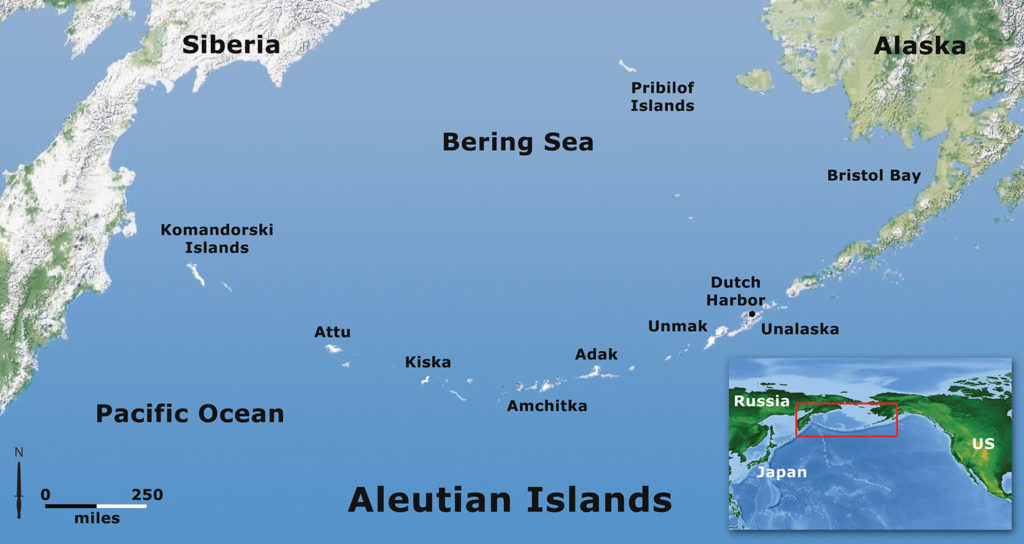
HAWAIIAN ISLANDS
Hawaiian Islands – Ni’ihau or Nihau is included because after the bombing of Pearl Harbor, a Japanese Pilot crash landed on Nihau and was captured and eventually killed. Hawaii has 137 islands, the main islands are Kauai, Oahu, Molakai, Lanai, Maui and the Island of Hawaii.
Attack on Pearl Harbor
Battle of Midway
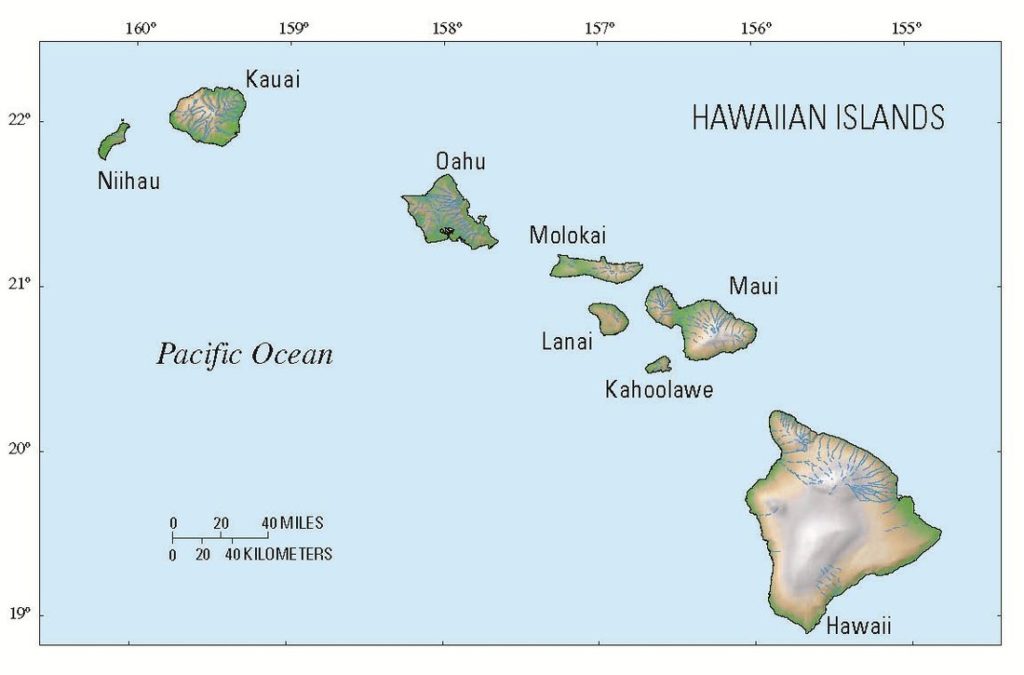
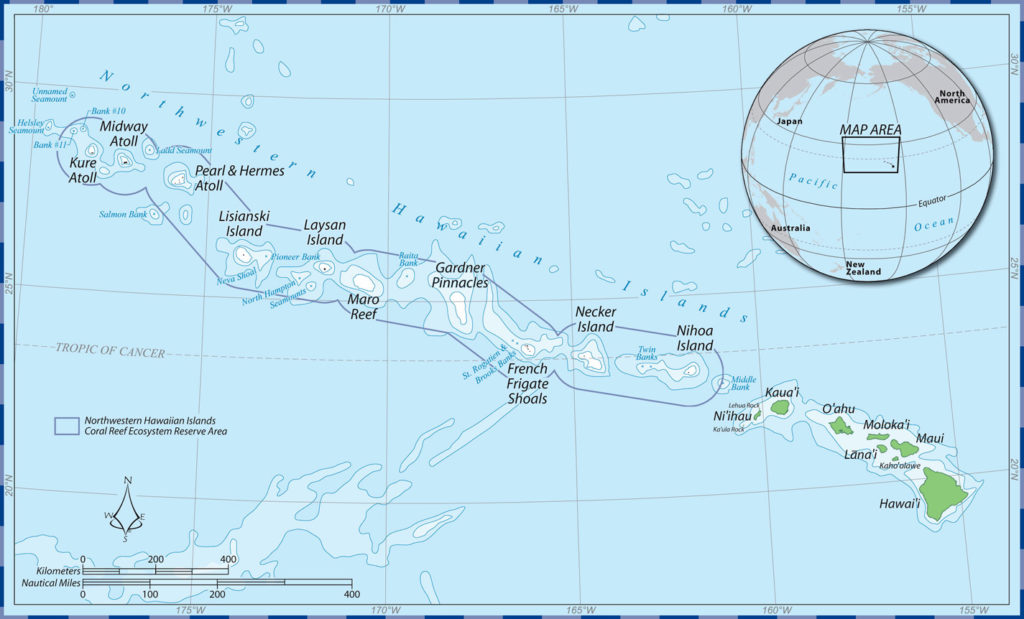
RYUKU ISLANDS
Ryuku Islands (Japan’s 5 main islands – Hokkaido, Honshu, Kyushu, Shikoku, and Okinawa) All of the islands were bombed, but only Okinawa saw land batttles. Ryuku archipelago has 55 islands, divided into three groups, Anamami islands in the north, Okinawa islands, central, Sakishima islands in the south. Honshu island contained Hiroshima, and Kyushu Island, Nagasaki.
Battle of Okinawa
Atomic Bombing of Hiroshima and Nagasaki
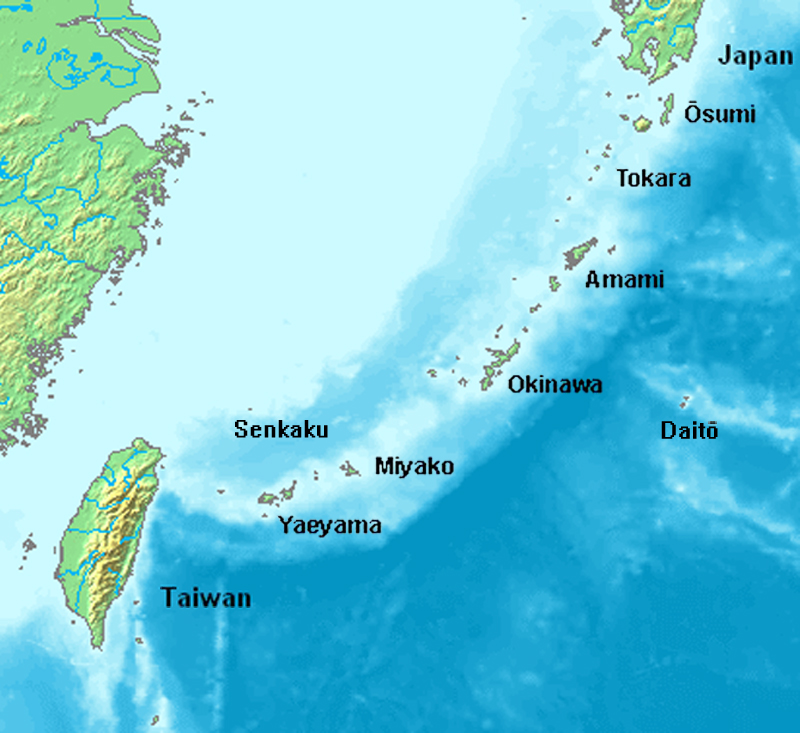
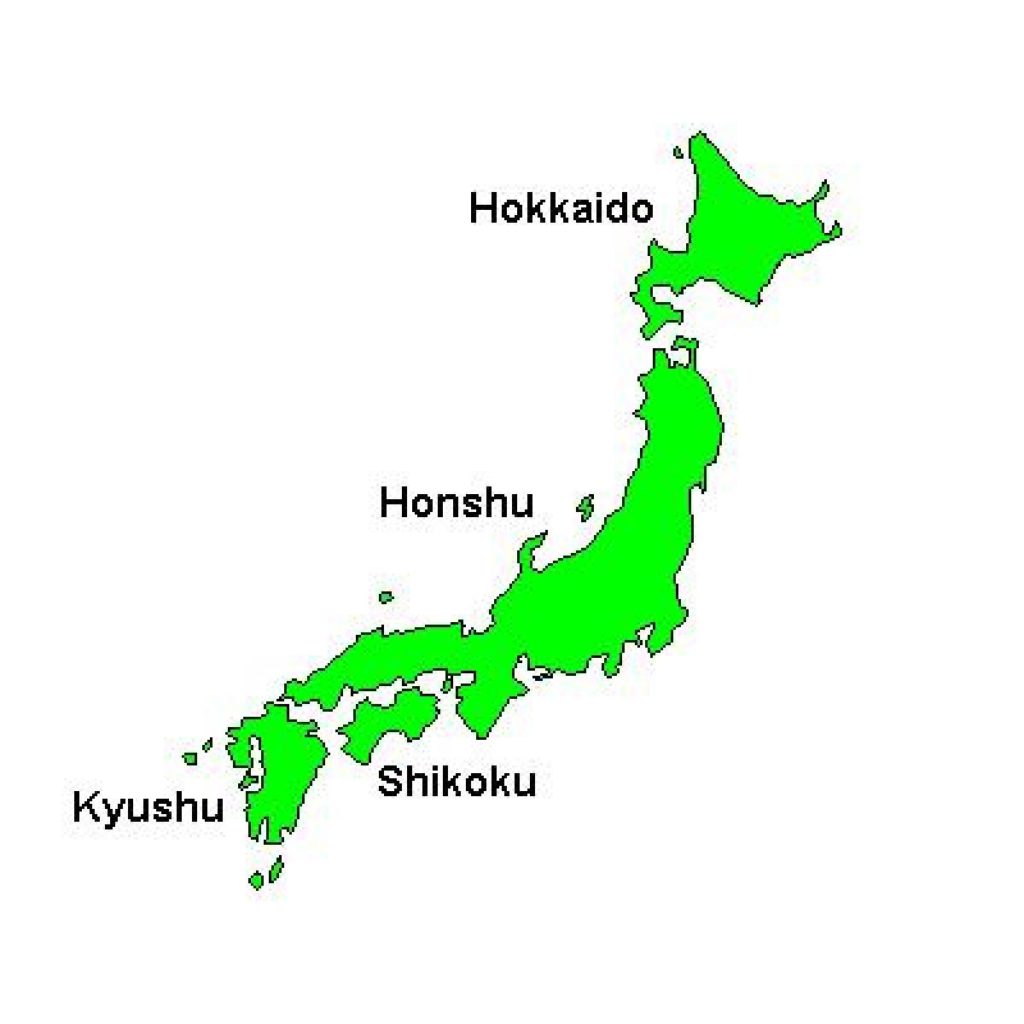
BONIN ISLANDS
Bonin Islands aka Ogasawara Archipelago lie to the south of Japan. They are divided into 5 groups and a number of small islands. Only one group saw battle in WW2. The Volcano Islands or Iwo Islands are 3 active volcanoes lying atop an island arc that stretches south tthe Marianas.
Battle of Iwo Jima: February–March 1945

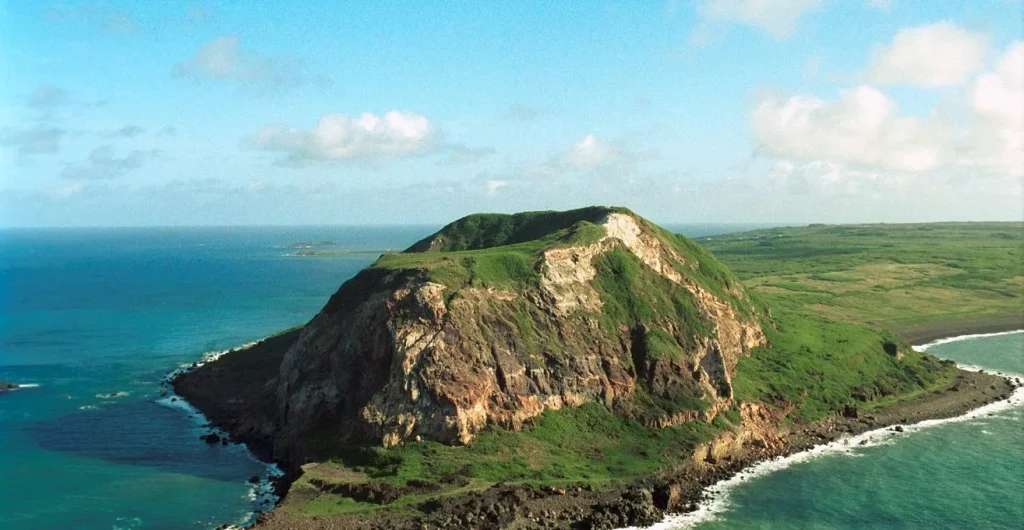
PHILIPPINE ISLANDS
Philippines Islands contains more than 7,100 islands covering 300,000 square kilometers
Philippines Campaign (1941-1942
Philippines Campaign (October 1944 – September 1945)
aka Battle of the Philippines or Liberation of the Philippines – Operation Musketeer I, II, and III, was the American, Mexican, Australian and Filipino campaign to defeat and expel the Imperial Japanese forces occupying the Philippines during World War II.
Battle of Leyte: October–December 1944
Battle of Leyte Gulf: October 1944 (Naval Battle)
Battle off Samar: 25 October 1944 (Naval Battle)
Battle of Ormoc Bay: November–December 1944 (Naval Battle)
Battle of Luzon: January–August 1945
Battle of Manila (1945): February-March 1945
Battle of Bacsil Ridge: March 1945
Battle of Mindanao: March–Aug 1945
Battle for Cebu City: March–Apr 1945

MARSHALL ISLANDS
Marshall Islands (Kwajalein, Eniwetok) 5 islands, 29 Atolls.
Battle of Majuro[edit]
On 31 January 1944, Rear Admiral Harry W. Hill dispatched the Reconnaissance Company from the V Amphibious Corps of the Marines and the Army’s 2nd Battalion, 106th Infantry, 27th Infantry Division to land on Majuro. This marked the beginning of Operation Flintlock, the invasion of Kwajalein.[2] The island was seen as an important base for conducting air operations against the rest of the Marshall Islands and eventually the Marianas.[6] The force took the lightly defended island in one day without any casualties.[2]
Battle of Kwajalein[edit]
Main article: Battle of Kwajalein
The same day as the Majuro invasion, the 4th Marine Division under Major General Harry Schmidt began their assault on Kwajalein.[1] Schmidt’s troops first landed on Roi-Namur, a group of islands in the northern part of the atoll.[2] Major confusion and delays were caused by poor weather and American troops inexperienced in amphibious operations, but the pre-invasion naval and air bombardment was extremely effective. Out of roughly 3,000 Japanese soldiers, only about 300 were left to guard the island.
On the southern island of Kwajalein, Major General Charles H. Corlett‘s 7th Infantry Division landed on southern Kwajalein with relative ease. Although the Japanese pillboxes, bunkers, and intense infantry offensives slowed the Americans, more troops, more experience in amphibious landings, effective pre-landing bombardment, and Japanese defenses on the opposite side of the atoll from where the Americans landed contributed to the capture of Kwajalein and its surrounding islands on 7 February.[2][11] Of the entire force of about 8,000 Japanese guarding Majuro and Kwajalein, only 51 survived, and 253 were taken prisoner. The Americans suffered 348 men killed, 1,462 wounded, and 183 missing in the eight days it took to take the atoll.[11]
Battle of Eniwetok[edit]
Main article: Battle of Eniwetok
Eniwetok’s islands and islets housed enough room for airfields critical for the upcoming invasion of the Marianas.[1] Major General Yoshimi Nishida knew that it would be extremely difficult to hold the main island of Eniwetok against the invasion. He had roughly 4,000 troops, half of them Army soldiers, while the rest were a variety of Navy sailors. Since the Americans would be landing with naval and air support, therefore giving them the upper hand, he decided to stop them at the beaches.[2]
On 17 February 1944, a naval bombardment of Eniwetok Atoll began. This marked the beginning of Operation Catchpole. The same day, the 22 Marine Regiment under Colonel John T. Walker landed on the northern island of Engebi.[11] The landings were a logistical nightmare, with American troops, gear, and supplies scattered along the beach.[2] Walker and his Marines took the island on 18 February with 85 dead and 166 wounded. On 19 February, the 106th Infantry Regiment, under Lieutenant General Thomas E. Watson, landed on the main island of Eniwetok after a heavy bombardment.[11] However, the Japanese spider holes and bunkers repelled much of the bombardment by battleships. The landing group also faced the same logistical problems as the 22nd Infantry Regiment. Japanese forces concentrated in the southwest corner of the island counterattacked the American flank, forcing the Americans to attack mainly at night.[2] Eniwetok Island was captured on 21 February with the loss of 37 Americans and nearly 800 Japanese. On another one of Eniwetok’s islands, Parry Island, the Americans used heavy gunfire support from battleships before the 22nd Marine Regiment, under Watson, waded ashore at Parry Island on 22 February. They captured the island and the entire atoll on 23 February. Of those engaged, 313 Americans died, 879 were wounded, and 77 were reported missing on Eniwetok, while the Japanese suffered 3,380 dead and 105 captured.[11] This marked an end to the Marshall Islands campaign.[2]
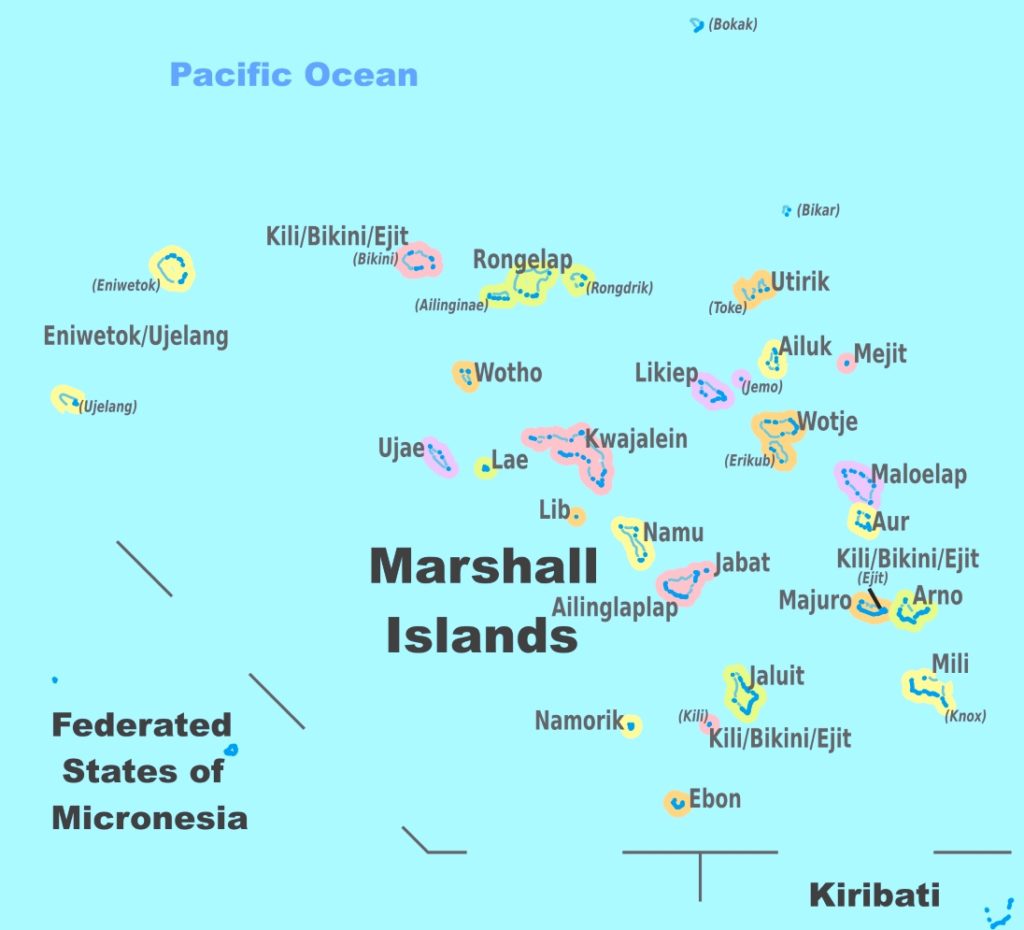
GILBERT ISLANDS
Gilbert Islands aka Kiribati- (Makin Island Raid, Battle of Tarawa, Battle of Makin). 16 atolls and coral islands.
nvasion of Gilbert Islands: November 20-23, 1943
(Codename: Operation Galvanic)
Following intense preparation and planning on November 20, 1943, Commander Central Pacific Force, Vice Admiral Raymond A. Spruance, USN, on November 20, 1943, commanded three task forces for the invasion of Makin and Tarawa Atolls in the Gilbert Islands. The assault task force was led by Rear Admiral Richmond K. Turner, USN, and landed U.S. Marines and Army troops on the islands. Fifth Amphibious Corps, Major General Holland M. Smith, USMC, commanded the overall land invasion. Despite heavy preinvasion shelling and bombing, the bitter and bloody fights on Makin Island and Betio, Tarawa Island, lasted only three days until the islands were declared secure.
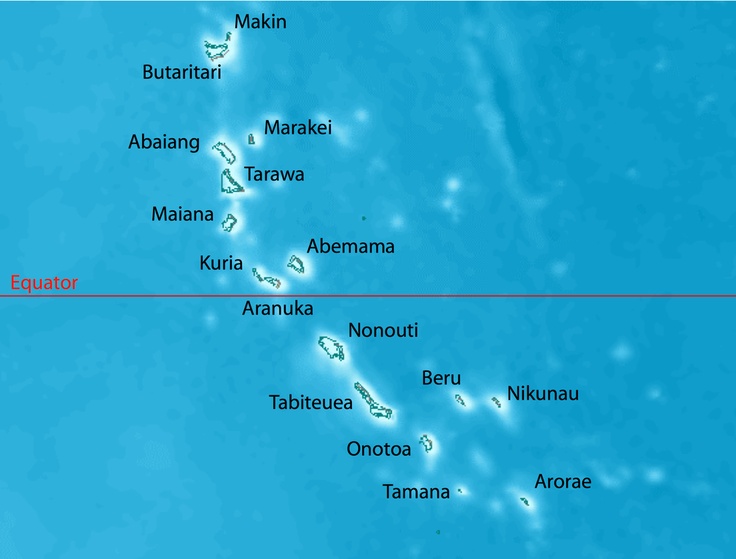
SOLOMON ISLANDS
Solomon Islands
Solomon Islands Campaign,
Battle of Guadalcanal,
Battle of the Eastern Solomons,
Battle of Savo Island,
Battle of Tulagi and Gavutu-Tanambogo,
Battle for Henderson Field,
New Georgia Campaign,
Battle of Munda Point, Battle of the Tenaru,
Battle of Viru Harbor,
Bougainville Campaign,
Operation Ke,
Battle of Edson’s Ridge,
Battle of Vella Gulf,
Battle of the Treasury Islands,
Actions along the Matanikau,
Battle of Mount Austen – The Galloping Horse – and The Sea Horse,
Carson’s Patrol,
Operation Cartwheel,
Koli Point Action,
Battle of Vella Lavella – Land,
New Britain Campaign,
Bombing of Rabaul,
Raid on Choiseul)
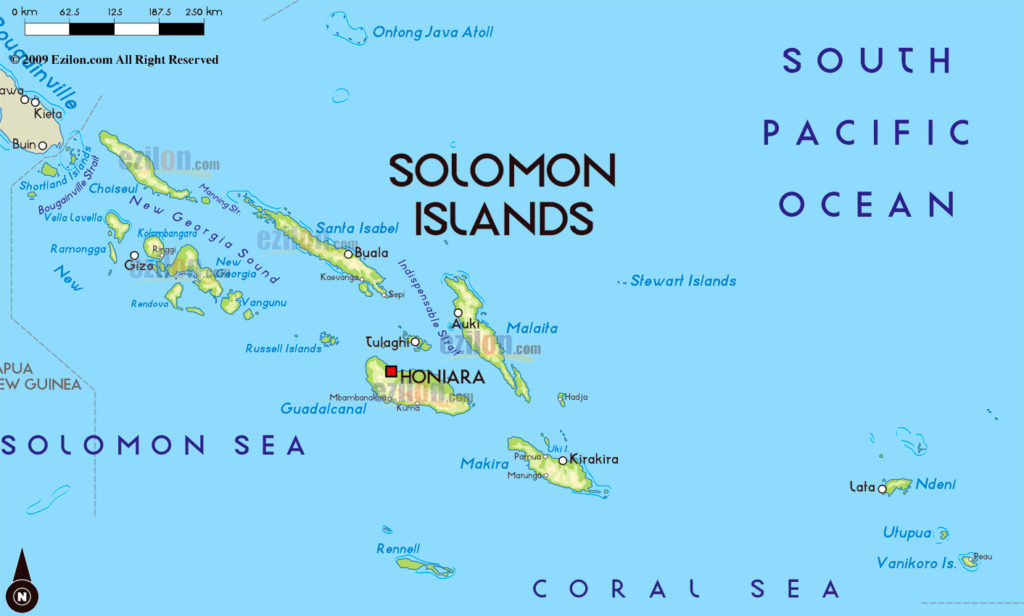
PALAU ISLANDS
Peleliu (or Beliliou) is an island in the island nation of Palau. Peleliu, along with two small islands to its northeast, forms one of the sixteen states of Palau. The island is notable as the location of the Battle of Peleliu in World War II.
Angaur in the Palau Archipelogo was occupied by the Japanese, but the Americans occupied it during the war. It was the site of a major battle in WW2.
Battle of Peleliu, 15 September – 27 November 1944
Battle of Angaur, 17 September – 22 October 1944
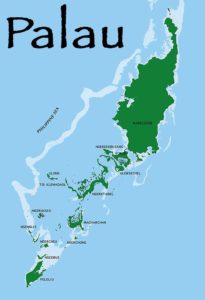
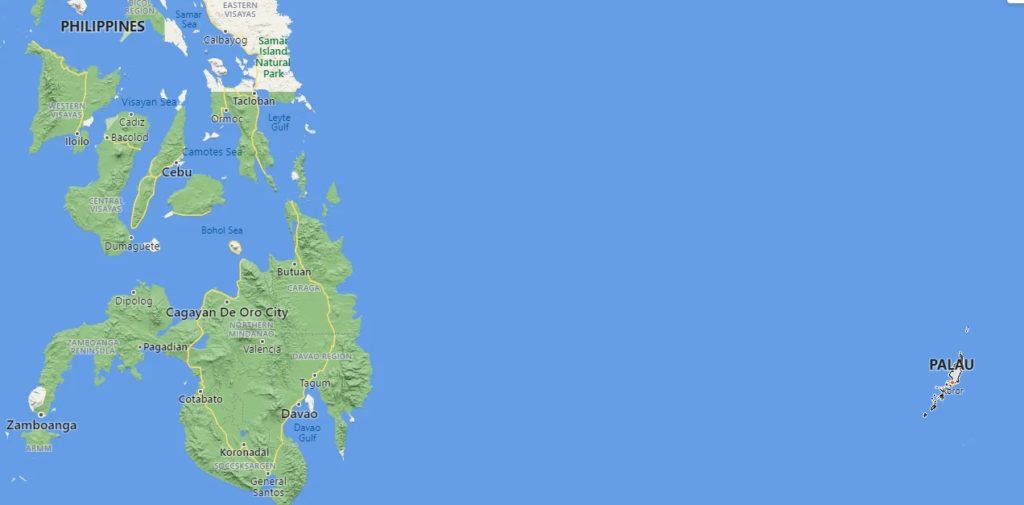
NORTHERN MARIANA ISLANDS

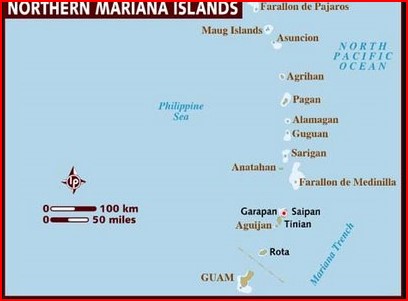
Northern Mariana Islands (Saipan, Tinian, Guam). Mariana and Palau Islands campaign, also known as Operation Forager, was an offensive launched by United States forces against Imperial Japanese forces in the Mariana Islands and Palau in the Pacific Ocean between June and November 1944 during the Pacific War.
-
Battle of Saipan, 15 June – 9 July 1944
-
Battle of Guam, 21 July – 10 August 1944
-
Battle of Tinian, 24 July – 1 August 1944
SAMOAN ISLANDS
The Samoan Islands during World War II were one of several islands groups east of Australia targeted by the Japanese as part of their FS Operation. It consisted of the western islands (former German islands) administered by New Zealand and the eastern islands administered by the United States. Operation FS was the Imperial Japanese plan to invade and occupy Fiji, Samoa, and New Caledonia in the south Pacific during the Pacific conflict of World War II. The operation was set to be executed in July or August 1942 following Operation MO, Operation RY, and Operation MI. During World War II, Pago Pago, on Tutuila, was a lightly-manned base in the Samoa Islands vital to preserving communications between the United States, Australia, and New Zealand. Though the U.S. Navy was tasked with holding it, the 7th Marines were ordered to fortify the garrison. But they didn’t do it alone. The Japanese did not invade, and the 7th Marines and the Samoan’s were able to keep the island protected against invasion.
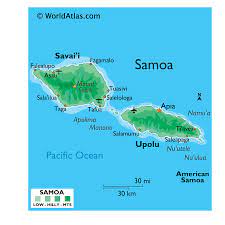
VANATUA ISLANDS aka New Hebrides
Vanatua. During World War II, Allied military bases were established on the islands of Éfaté and Espiritu Santo in Vanuatu. Vanuatu was spared from much of the actual fighting. In late 1930s to early 1942, the Japanese and the Americans arrived on Efate, totally unannounced, filling Mele Bay with warships, where the Underwater post office currently is. This caused a large number of the Vila population fleeing into the hills believing the Japanese had arrived but the Americans simply took over and built an entire infrastructure to support their introduced military population.
They brought in tens of thousands of tons of machinery, built barracks and hospitals, a road around the entire island so in Vanuatu you will see that people drive on the right-hand side of the road as the Americans. They built airstrips and wharves in a desperate attempt to push back the Japanese. In Espiritu Santo, 100,000 troops arrived in short order.

NEW CALEDONIA ISLANDS
New Caledonia contains 4 archipelagos. It is an island collective of France east of Australia and has more than 100 islands. The Battle for New Caledonia was fought in 1942 around its capital of Noumea and Noumea’s harbor.
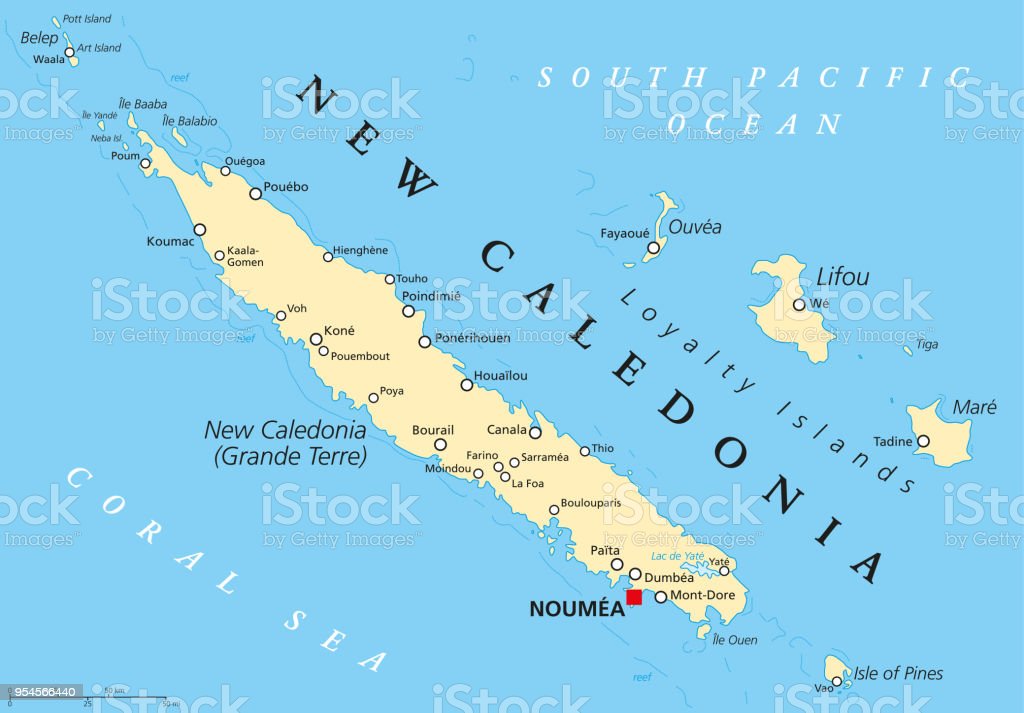
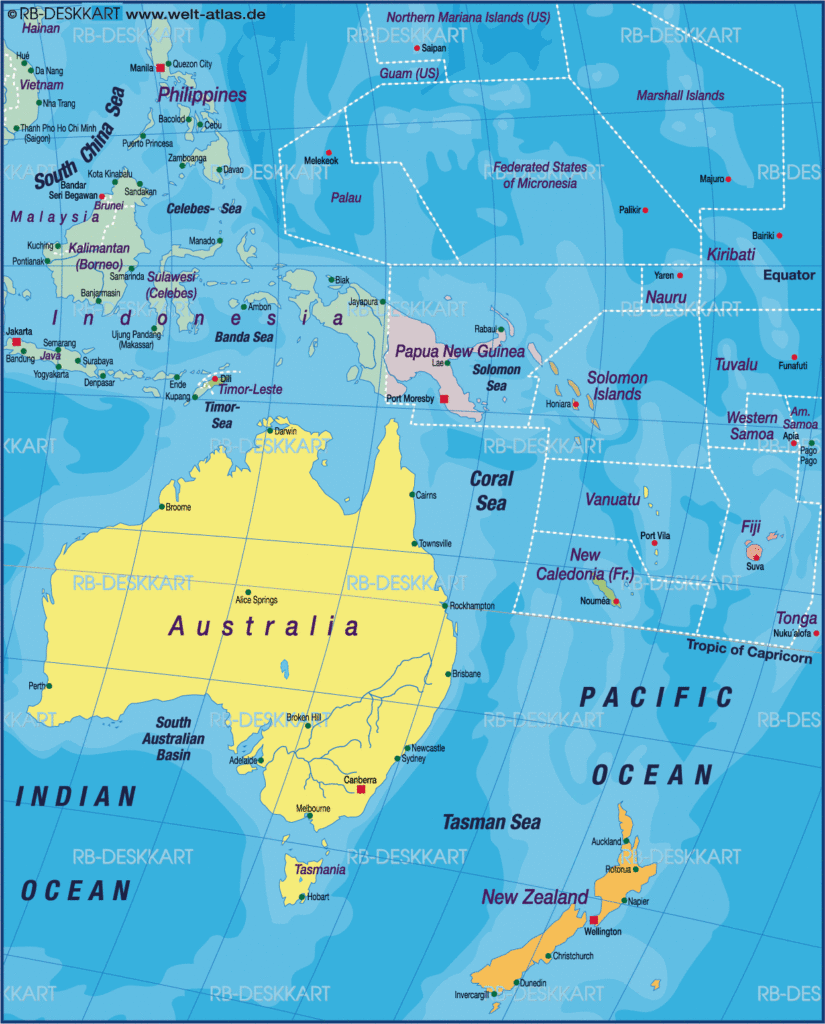
CAROLINE ISLANDS
Caroline Islands (Yap, Truk, Ponape, Palau, Ultihi, During World War II, Japan operated a large base at Truk Lagoon which it used for expansion into the southeastern Pacific. In the latter years of that war, during the Japanese withdrawal to the Japanese home islands, the Allies effectively neutralized Truk in Operation Hailstone
Attack on Truk


SUNDA ISLANDS
Sunda Islands (Battle of Sunda Strait – Naval)
Greater Sunda Islands – Borneo, Java, Sulawesi, Sumatra
Lesser Sunda Islands (Indian Ocean) The main Lesser Sunda Islands are, from west to east: Bali, Lombok, Sumbawa, Flores, Sumba, Timor, Alor archipelago, Barat Daya Islands, and Tanimbar Islands.
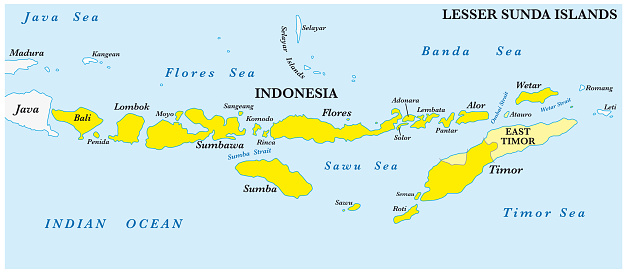
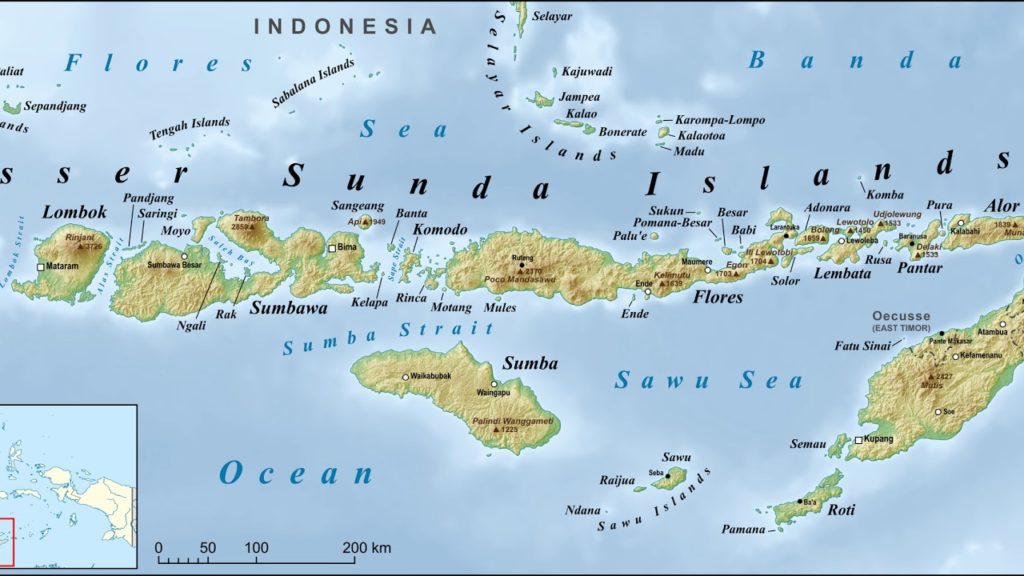

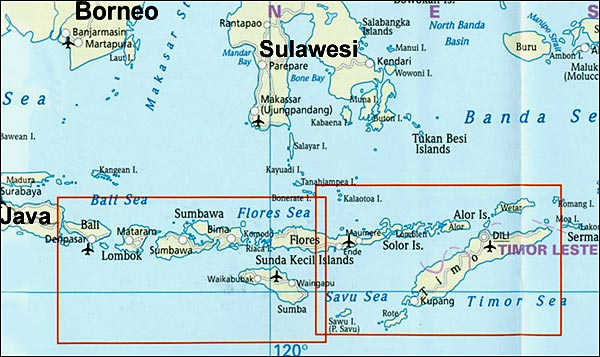
GALAPAGOS ISLANDS
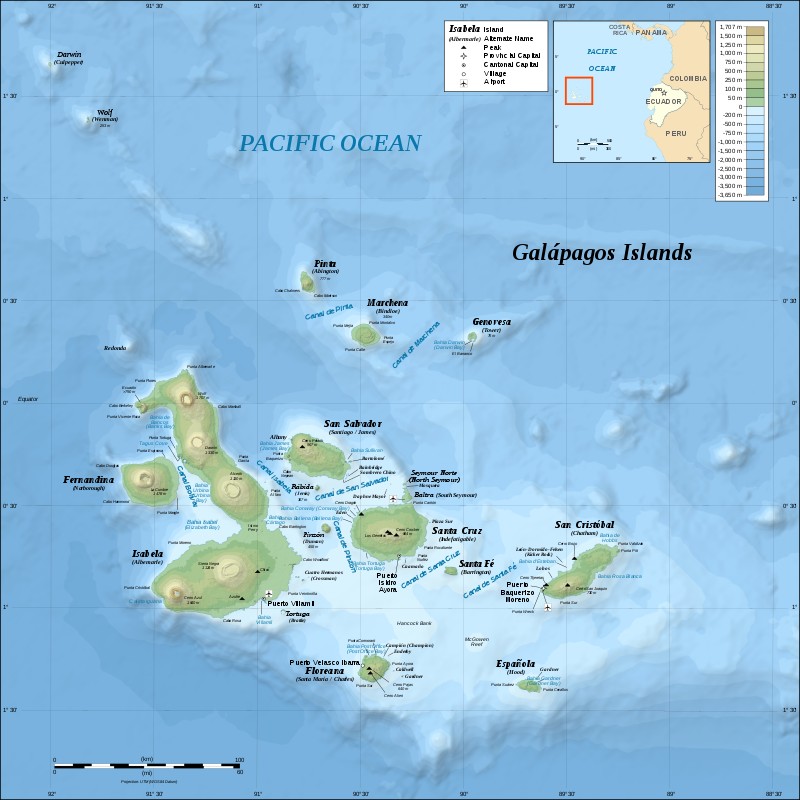
MICRONESIAN ISLANDS
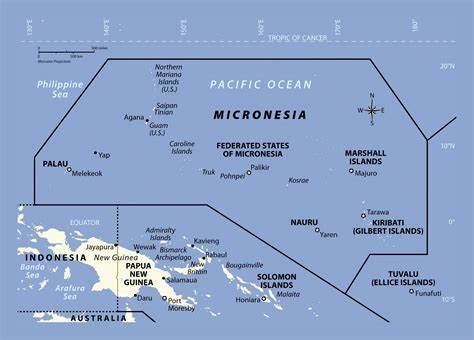
Baker, Howland, Jarvis and Enderbury Islands
Baker and Howland atolls are uninhabited U.S. Coral atolls in the Equatorial Pacific. On December 8, 1941 Howland was bombed and 2 colonists were killed. Attacks also took place on December 10th and then on January 5th and 24th, 1942. Colonists on Howland and Baker Islands were not rescued until January 31, 1942 and the last colonists were not evacuated from Jarvis and Enderbury until February 9, 1942. Jarvis is a coral island in the South Pacific, halfway between Hawaii and the Cook Islands. Enderbury or Guano Island is a small 1 x 3 mile atoll in the Phoenix Archipelago. All of these islands had colonists at the start of WW2, and because of the war were evacuated. All are currently uninhabited research stations.
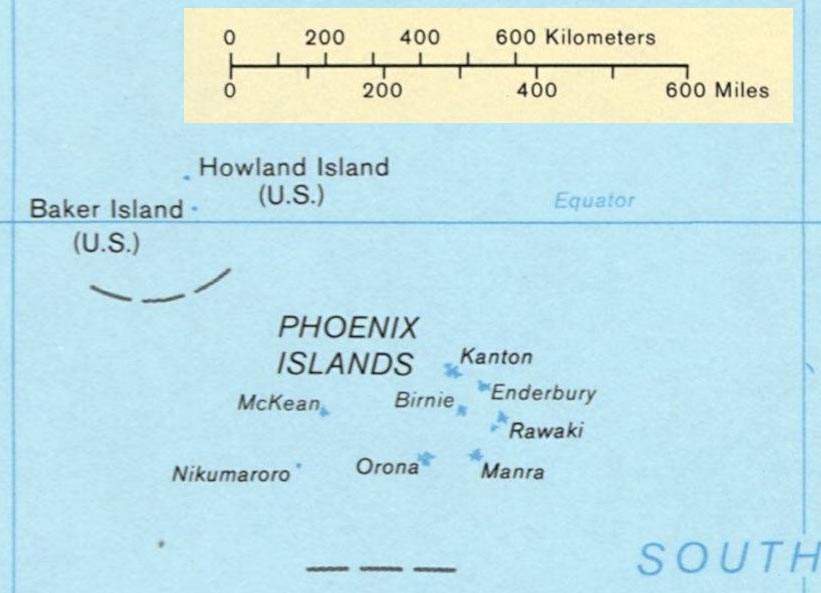
Indian Ocean.
-
Japanese occupation of the Andaman Islands. Homfreyganj massacre.
-
Battle of Christmas Island.
-
Japanese raiders in the Indian Ocean Campaign. Indian Ocean raid (1942) Easter Sunday Raid. Indian Ocean raid (1944)
-
The Battle of Madagascar (5 May – 6 November 1942) was a British campaign to capture the Vichy French-controlled island Madagascar during World War II.
-
Japanese attack on Ceylon
The Easter Sunday Raid was the air raid carried out by Japan on Easter Sunday (5 April) 1942 on Colombo; a few days later Trincomalee was also attacked. These were undertaken as a part of commerce raiding and the harassment of the British Eastern Fleet in the Indian Ocean.
-
The New Guinea campaign was one of the hardest-fought of World War II. American and Australian forces relied on native New Guineans to achieve victory. For the white Australian and American (and some African American) troops who fought there, New Guinea was one of the most horrific battlegrounds of World War II. Western Pacific Ocean
-
Darwin Bombing
-
In the view of Paul Hasluck, Australia fought two wars between 1939 and 1945: one against Germany and Italy as part of the British Commonwealth and Empire and the other against Japan in alliance with the United States and Britain.[74]
Due to the emphasis placed on cooperation with Britain, relatively few Australian military units were stationed in Australia and the Asia-Pacific Region after 1940. Measures were taken to improve Australia’s defences as war with Japan loomed in 1941, but these proved inadequate. In December 1941, the Australian Army in the Pacific comprised the 8th Division, most of which was stationed in Malaya, and eight partially trained and equipped divisions in Australia, including the 1st Armoured Division. The RAAF was equipped with 373 aircraft, most of which were obsolete trainers, and the RAN had three cruisers and two destroyers in Australian waters.[75]
In 1942, the Australian military was reinforced by units recalled from the Middle East and an expansion of the CMF and RAAF. United States military units also arrived in Australia in great numbers before being deployed to New Guinea. The Allies moved onto the offensive in late 1942, with the pace of advance accelerating in 1943. From 1944, the Australian military was mainly relegated to subsidiary roles, but continued to conduct large-scale operations until the end of the war.[76]
Malaya and Singapore[edit]
See also: Battle of Malaya and Battle of Singapore
From the 1920s, Australia’s defence planning was dominated by the so-called ‘Singapore strategy‘. This strategy involved the construction and defence of a major naval base at Singapore from which a large British fleet would respond to Japanese aggression in the region. To this end, a high proportion of Australian forces in Asia were concentrated in Malaya during 1940 and 1941, as the threat from Japan increased.[77] At the outbreak of war the Australian forces in Malaya comprised the 8t Division (less the 23rd Brigade) under the command of Major General Gordon Bennett, four RAAF squadrons and eight warships.[78] The RAAF became the first service to see action in the Pacific when Australian aircraft shadowing the Japanese invasion convoy bound for Malaya were fired at on 6 December 1941. Australian units participated in the unsuccessful Commonwealth attempts to defeat the Japanese landings, with RAAF aircraft attacking the beachheads and Vampire accompanying the British battleship Prince of Wales and battlecruiser Repulse during their failed attempt to attack the Japanese invasion fleet.[79]